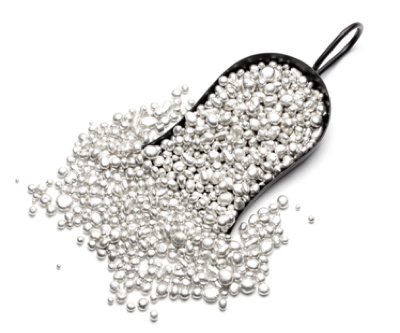Scientists warn silver particles harmful for humans, wildlife

Silver reputation as one of the best allies of modern medicine for its ability to kill several microbes, may have its days counted. A growing body of evidence shows harmful reactions in human intestinal cells and aquatic algae after exposure to nanoparticles of the precious metal.
Scientists and environmental groups, reports Inside Science, are now warning the widespread use of nanosilver may pose risks, especially as they way exposure to the particles may affect human health or the ecosystem in the long run remains unknown.
They also worry that silver may lose its power to fight infections if bacteria become more resistant, a phenomenon already seen with other antibiotic drugs and triclosan, an ingredient added to antibacterial soaps, cosmetics and other commercial goods.
In a study from January, researchers showed that algae (Chlamydomonas reinhardtii) reacted negatively to nanosilver. The algae’s rates of photosynthesis and levels of ATP, an energy storage and transport molecule, dropped after exposure. The algae then mounted a defensive response to cleanse itself of the nanosilver and fight damage caused by the particles.
Consumers, meanwhile, often can’t tell whether products contain nano-sized silver because nanomaterials aren’t required to be labeled.
In fact, the US Environmental Protection Agency (EPA) recently began requiring manufacturers of nanosilver to register their products, saying the particles could pose different risks than conventional silver.
Nanoparticles of silver, which can occur naturally, are more powerful than bigger units because their large surface area relative to their mass increases the number of ions released.
Image by AVprophoto
More News
PDAC video: Former Tahltan president pushes for Indigenous stakes in mining deals
April 16, 2025 | 11:55 am
Indonesia hikes mining royalties to fund Prabowo policies
April 16, 2025 | 10:50 am
{{ commodity.name }}
{{ post.title }}
{{ post.date }}




Comments